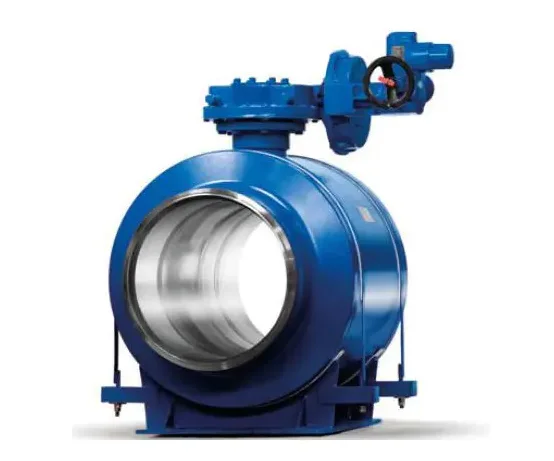Underground ball valves are widely used for controlling the flow of fluids in buried pipeline systems. They are particularly useful in locations where direct access is challenging. The design of these valves combines simplicity and durability, ensuring reliable operation over long periods.
At the heart of an underground ball valve is a rotating ball that opens or closes the flow passage. This mechanism allows for efficient flow control and tight sealing. When closed, the valve prevents any fluid from passing through, while the fully open position minimizes resistance, maintaining consistent pressure in the pipeline.
Construction materials are selected to withstand underground conditions. Metals such as stainless steel, bronze, and ductile iron are commonly used due to their strength and resistance to corrosion. Protective coatings are often applied to the exterior, enhancing durability and minimizing maintenance needs. These valves are engineered to operate under varying soil pressures and environmental conditions without compromising performance.
Proper installation is critical for maintaining the functionality of an underground ball valve. The valve should align precisely with the pipeline to avoid undue stress. In many cases, the valve is housed within a protective chamber, making operation and servicing easier without extensive digging. Extension tools or operating keys are often provided for convenient access from the surface.
Underground ball valves find use in multiple sectors. Municipal water systems utilize them to control supply lines, allowing sections to be shut off during maintenance or emergencies. Industrial pipelines employ them for precise process control. In agriculture, underground ball valves facilitate irrigation management, ensuring that water is delivered efficiently to crops.
In conclusion, underground ball valves offer a practical solution for controlling fluid flow in buried pipelines. Their design ensures reliability, durability, and ease of operation. Attention to installation, material selection, and periodic maintenance contributes to a longer service life and consistent performance. These valves remain an essential component in water, gas, and industrial distribution networks.







